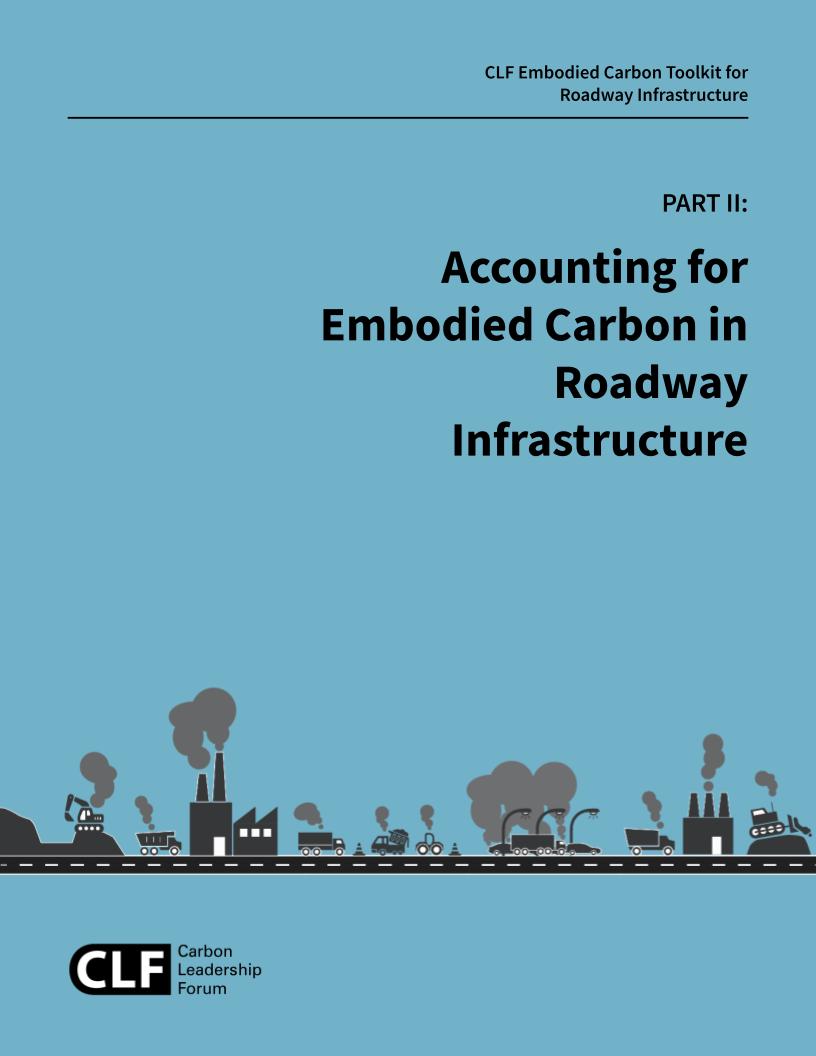Embodied carbon accounting is critical to identify key contributors to embodied carbon, evaluate the highest-impact, most cost-effective reduction opportunities, and track progress toward a net-zero carbon future. Life cycle assessment (LCA) is the agreed-upon method for embodied carbon accounting. This document provides an overview of LCA in the context of roadway infrastructure.
Analyse du Cycle de Vie (ACV)
In part 1 of this Toolkit, embodied carbon and sources that emit it in roadways were identified and described. This part of the Toolkit delves into the accounting method used to quantify embodied carbon emissions.
Life cycle assessment (LCA) is a standardized methodology for quantifying the environmental impacts of a process, product, or system (e.g. building or roadway) over its entire life cycle, from material extraction (“cradle”) to disposal (“grave”). LCAs globally follow a family of standards created by the International Organization for Standardization (ISO) through an open stakeholder development process. ISO 14040 and ISO 14044, describe the principles and framework for LCA and lay out basic requirements. This toolkit focuses on LCA related to roadway infrastructure, construction materials, and related processes to manufacture and build roadways.
Using LCA, greenhouse gas emissions are added up across the life cycle and reported as global warming potential (GWP). GWP is expressed in carbon dioxide equivalents (CO2e) and is the agreed upon metric for reporting embodied carbon. LCAs can also include other environmental impacts, such as acidification, eutrophication, ozone depletion, and smog formation.
Auteurs:
Milad Ashtiani, Meghan Lewis, Brook Waldman, and Kate Simonen
Publié: February 2024
droits d'auteur
Creative Commons Attribution
4.0 International License.
© Carbon Leadership Forum 2024
